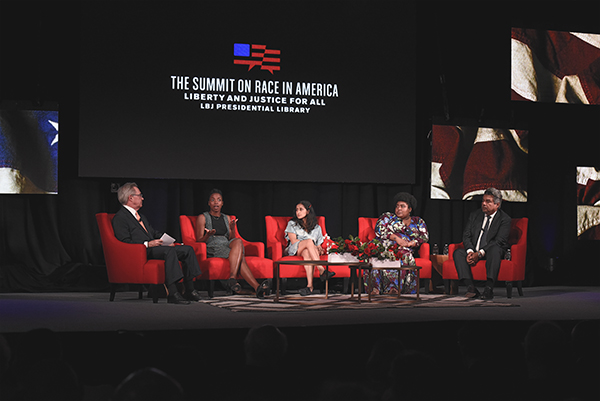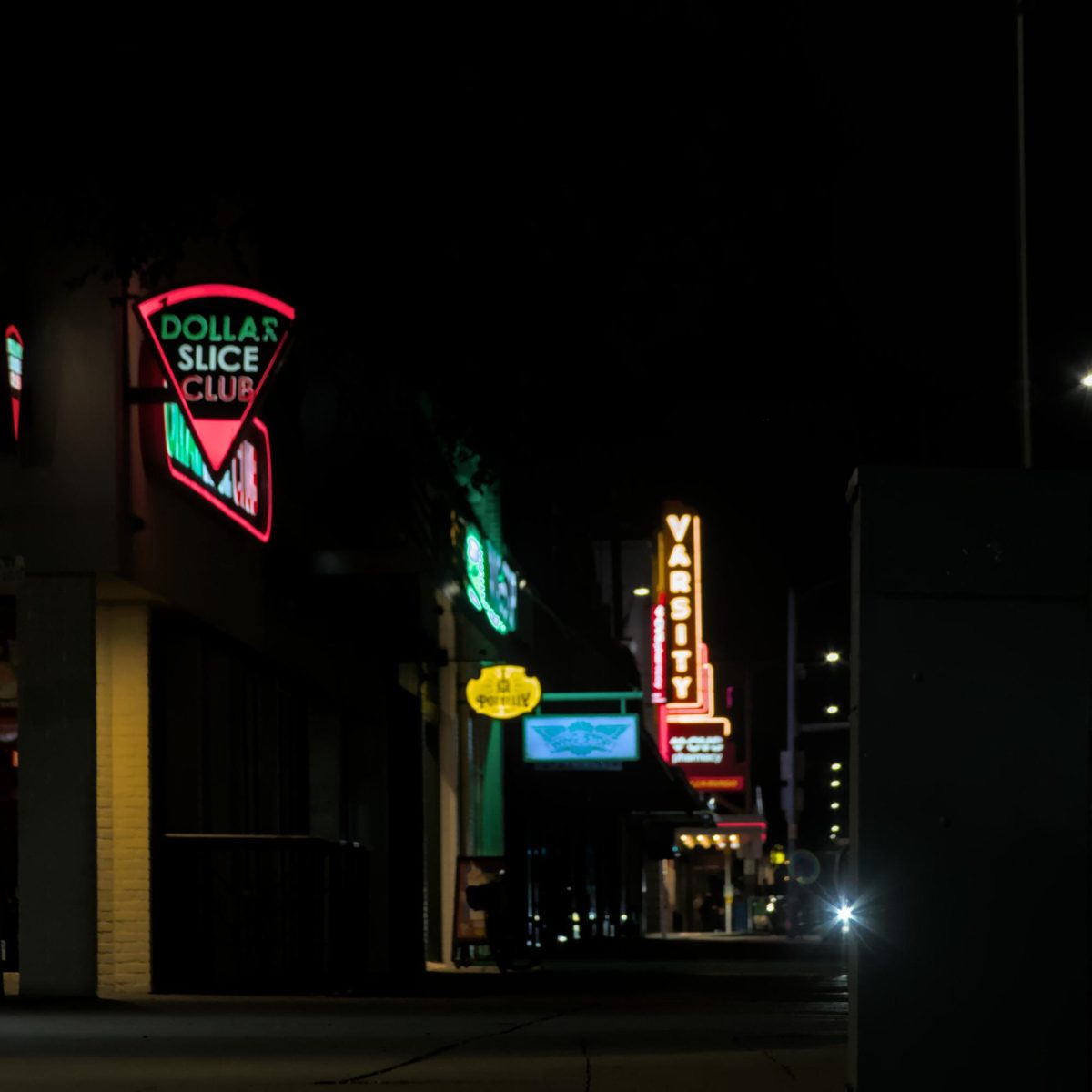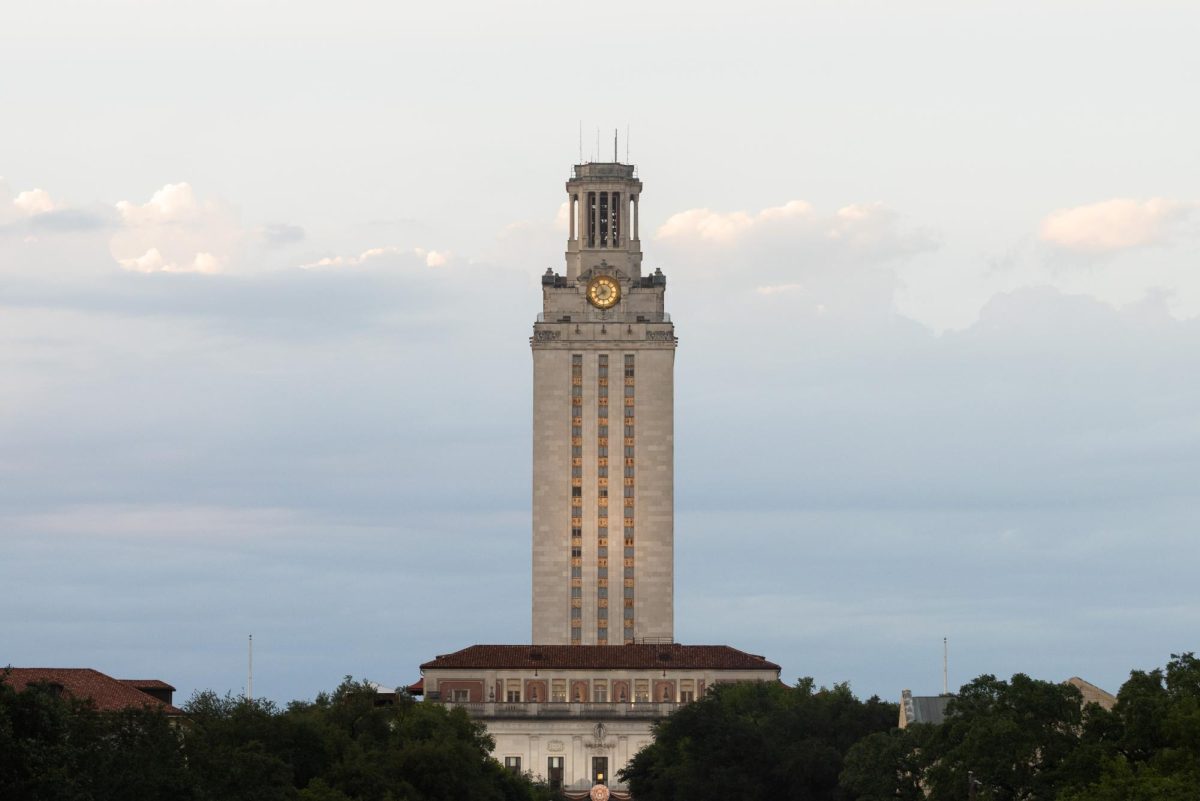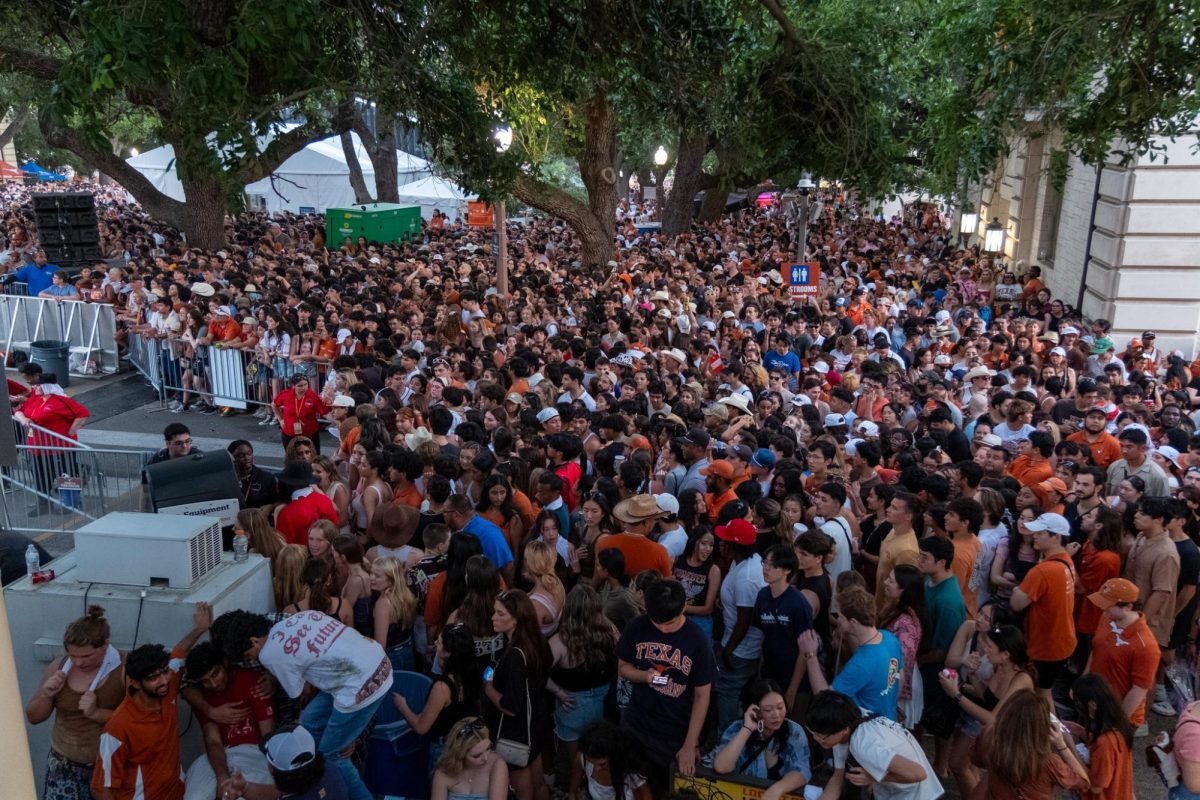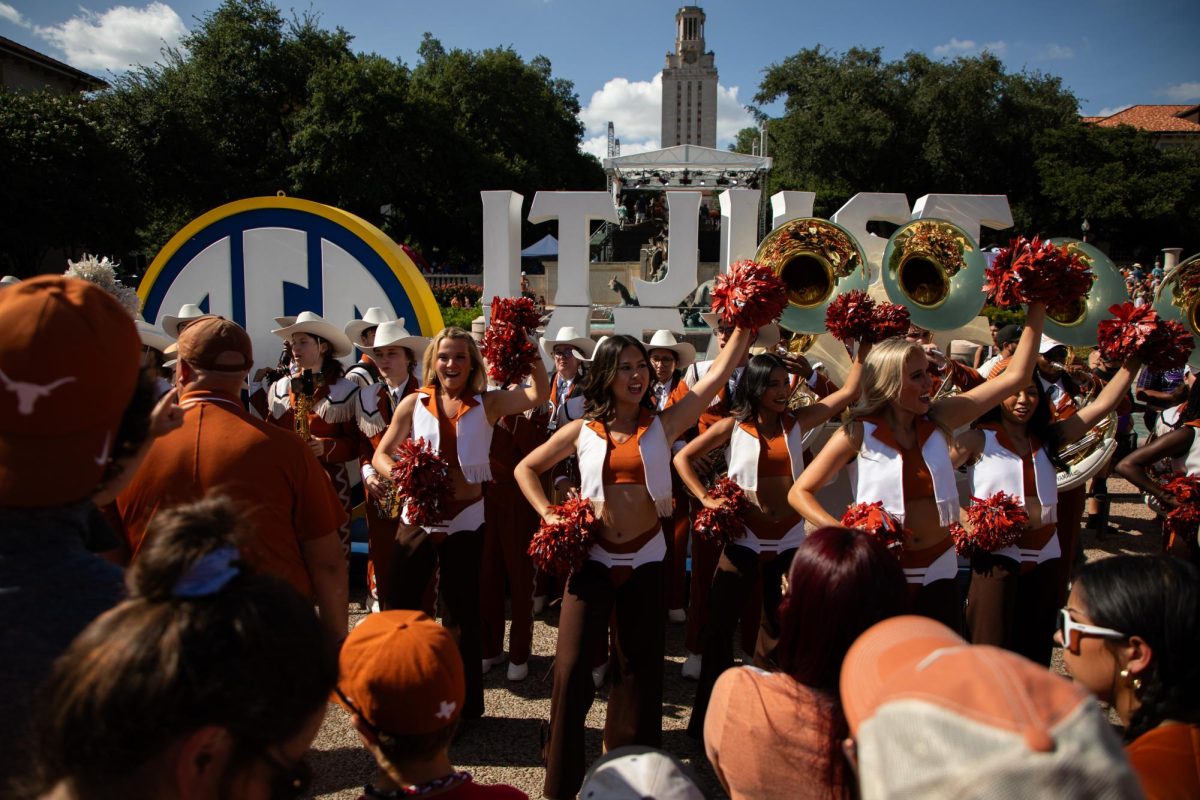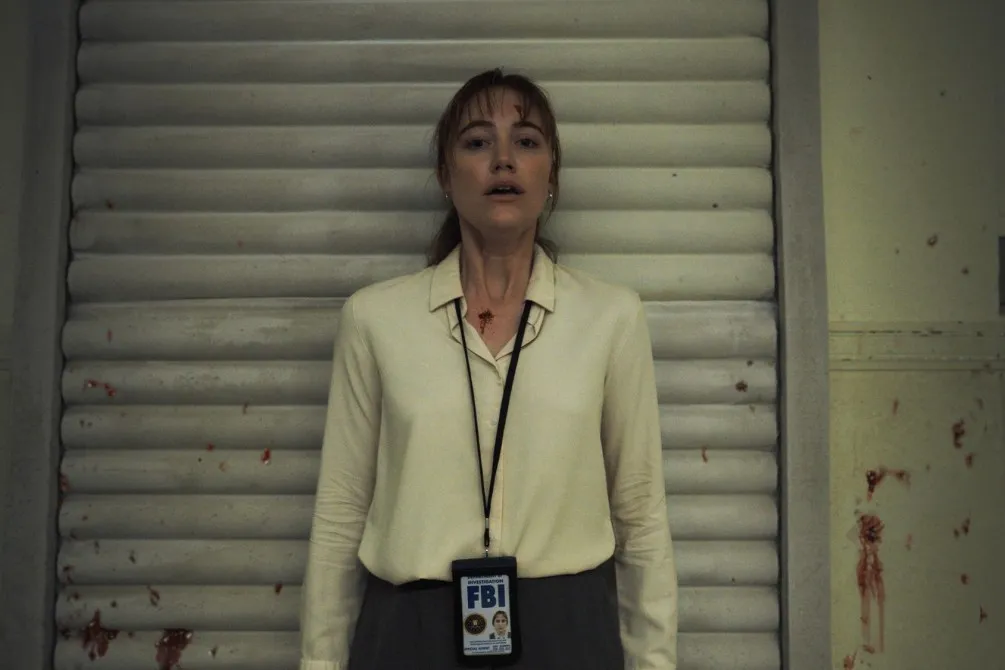For one of the Summit on Race’s most anticipated panels, hundreds flocked into the LBJ Auditorium on April 9 to hear four comedians share their thoughts on a topic many choose to avoid: race.
In the panel “What’s So Funny About Race?,” comedians George Lopez, Aparna Nancherla, Dulcé Sloan and Sasheer Zamata spoke about the connections between race and comedy.
The hour-long conversation began and ended with racial humor. As Lopez followed the three women comedians to their seats, he connected the female-dominated panel with current immigration issues.
“Women are taking over (comedy),” Lopez said. “It was all Latinos until they started sending us back.”
The conversation kicked off with each of the four comedians’ explanations of incorporating race into their skits. A comedian now characterized by his commentary on social issues, Lopez said initially, he never wanted to be a comedian that relied on race.
“You’d just like to be happier than that, but I don’t think I would have it any other way knowing there are a lot of people who don’t have a voice,” Lopez said.
All the comics speaking on the panel agreed it wasn’t their jokes that tied them to issues of race — it was their identity. As a black woman, Sloan said people automatically dub her jokes as political.
“Me talking about my experiences being a woman who looks how I look makes me political,” Sloan said. “All I’m talking about is getting hit on by some dude at Kroger. That’s what I’m talking about!”
When discussing factors that changed the comedy field, social media came into the mix. As a star who considers Twitter an integral part of her rise to fame, Nancherla said social media allowed for the rise of comedians who struggle to translate their Internet posts into hour-long stand up skits.
“They’re different mediums. We think followers translate to a live performance and it’s going to be different,” Nancherla said. “Social media is still new enough to where we haven’t figured out exactly how to translate one thing to the other.”
The translation of social media into live performance then moved into a discussion of racial representation in comedy. Zamata said by not ostracizing minorities, comedians’ work can become more profound.
“We don’t get as many chances because we’re not in the same club,” Zamata said. “Sometimes other people’s languages will make your work so rich that it becomes so colorful and fruitful.”
However, Sloan said recent efforts by the industry to increase representation in comedy are not sincere. Sloan said American comedy’s increasing representation happened due to monetary greed rather than moral obligations.
“I would love to sit up and say we’ve done so much,” Sloan said. “But we’ve had to fight the same people who told us we weren’t talented and took from us and told us, ‘Hey, we’re gonna let y’all have a chance now.’”
Despite the insincerity of representation improvements by the industry, Nancherla said she cannot doubt the masses’ craving for diverse perspectives in the realm of comedy.
“There is a hunger for other people’s stories right now,” Nancherla said. “The difference between (surface-level and true representation) is getting (people of color) behind the project rather than throwing someone in after the script was written.”



